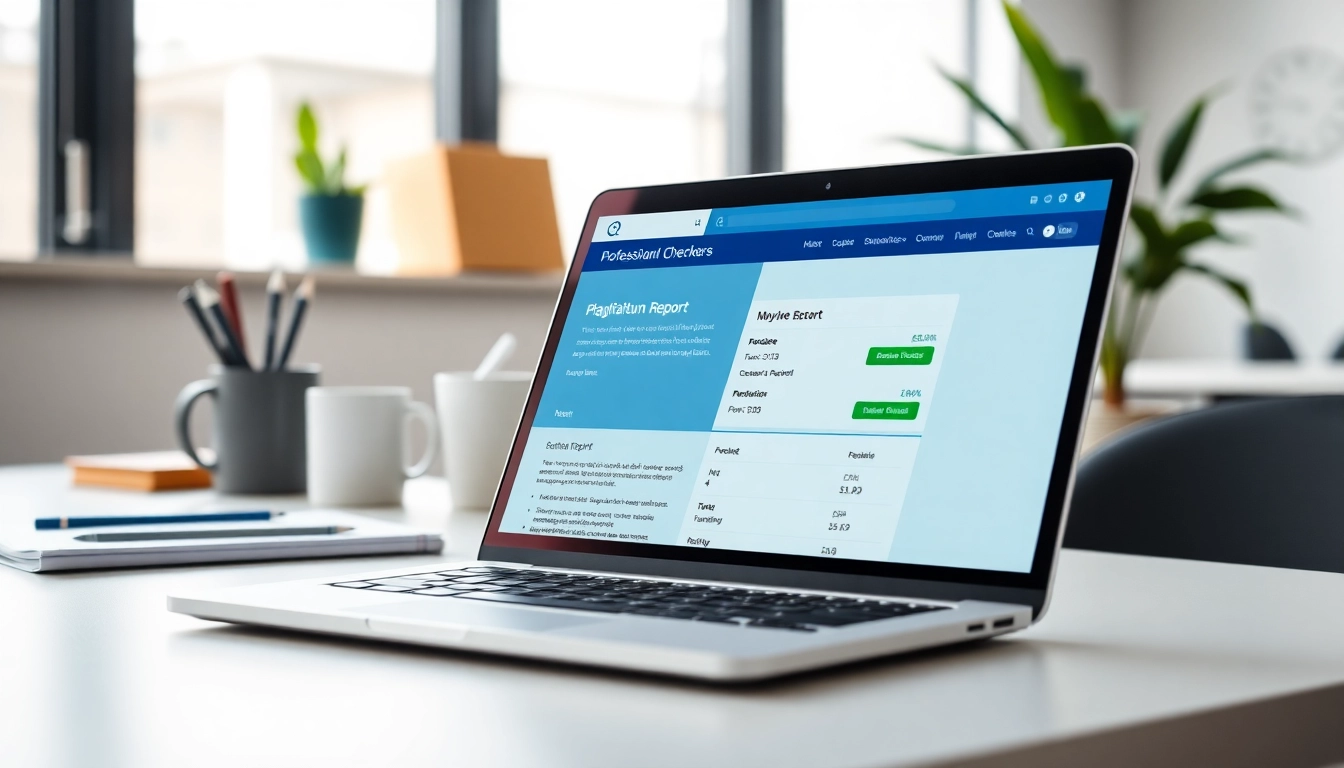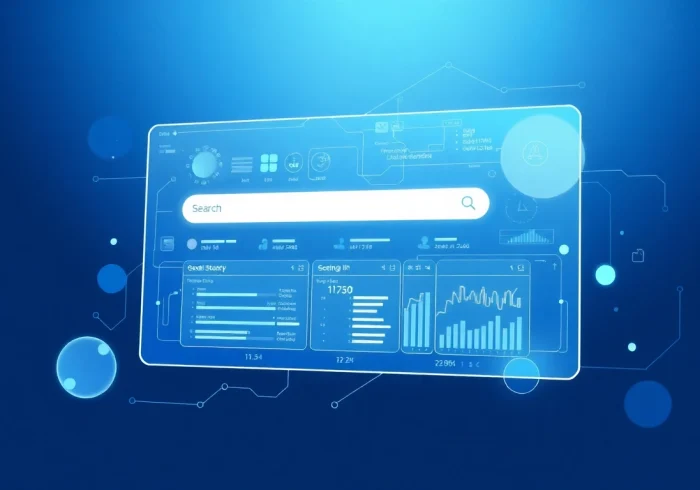Understanding Plagiarism
Definition and Types of Plagiarism
Plagiarism encompasses a range of unethical practices whereby an individual presents someone else’s work, ideas, or expressions as their own. The types of plagiarism vary widely and can be categorized as follows:
- Direct Plagiarism: Copying someone else’s work word-for-word without attribution.
- Self-Plagiarism: Reusing one’s own previously submitted content without permission.
- Mosaic Plagiarism: Blending copied phrases from different sources, creating a patchwork of others’ ideas.
- Accidental Plagiarism: Unintentionally failing to cite sources or improperly paraphrasing.
Understanding these types can help individuals navigate the fine line between inspiration and theft in academic and creative fields.
The Importance of Avoiding Plagiarism
High standards of originality and ethical writing are crucial components in academia, publishing, and professional practices. Avoiding plagiarism protects the reputation of writers and their institutions while fostering a culture of integrity. Writers who engage original thinking contribute novel ideas, which advance knowledge and understanding across fields.
Consequences of Plagiarism in Academia
Academic institutions have stringent policies against plagiarism, and the consequences can be severe. Following are some potential repercussions:
- Academic Penalties: Immediate failure of a course or expulsion from an academic program.
- Legal Consequences: Legal action may be taken against individuals who infringe upon copyright laws.
- Damage to Reputation: Academic misconduct can tarnish personal credence and future career opportunities.
How a Plagiarism Checker Works
To uphold academic integrity, tools known as plagiarism checkers are employed. These systems are developed using advanced algorithms to compare text against a vast database of existing content, ensuring originality in writing.
Technology Behind Plagiarism Detection
Most plagiarism checkers leverage Natural Language Processing (NLP) and machine learning algorithms. They analyze submitted text and compare it against their database which can encompass:
- Academic papers
- Online content
- Books and periodicals
By utilizing these technologies, systems can identify matches in phrases, sentence structures, and even the overall writing style.
Key Features to Look For in a Plagiarism Checker
- Database Size: A larger database can compare against more sources, yielding more comprehensive results.
- Real-time Checking: Solutions allowing for instant checks can save time and enhance workflow.
- Multiple File Format Support: Ensure compatibility with various document types, such as .docx, .pdf, etc.
- Detailed Reporting: Look for comprehensive reports that not only highlight plagiarized sections but also suggest improvements.
Comparing Free vs. Paid Plagiarism Checkers
While several free plagiarism checkers exist, they often come with limitations in terms of database size, functionality, and accuracy. Paid tools, conversely, usually provide more advanced features and more extensive database access. Assessing the need for a plagiarism checker should depend on the frequency of academic submissions and the necessity for rigorous review.
Top Plagiarism Checkers Reviewed
Choosing the right plagiarism checker is vital for maintaining academic integrity. Below are some of the most popular plagiarism checkers, each evaluated for functionality and ease of use:
Grammarly: Comprehensive Writing Aid
With a robust set of features, Grammarly not only checks for plagiarism but also provides grammar correction and writing enhancement suggestions. Its user-friendly interface and real-time feedback make it suitable for both students and professionals alike. The plagiarism checker searches billions of web pages to identify matches, which helps maintain the originality of written work.
PapersOwl: User-Friendly for Students
PapersOwl offers a free plagiarism checker that is intuitive and easy to navigate. This tool ensures academic compliance by allowing students to upload multiple file types while generating detailed reports that highlight potential plagiarism in their submissions. Its accuracy and user-friendliness make it a favorite among students.
Duplichecker: Fast and Free Solutions
Duplichecker provides an accessible, streamlined tool for quick plagiarism checks. It allows users to copy and paste text or upload documents, producing results almost instantaneously. While it may not have as extensive functionalities as paid options, it remains a great choice for students and casual writers.
Best Practices for Using a Plagiarism Checker
Utilizing a plagiarism checker effectively requires more than just a simple upload of text. Following are strategic practices to augment the process:
How to Interpret Plagiarism Reports
Plagiarism reports can vary significantly across different tools. Generally, they will indicate a similarity score, showing the percentage of text matched with existing content. It is crucial to understand the nuances in these reports, as a high percentage does not always indicate malicious intent. Assessing the context of similarities is key—citing sources correctly can mitigate concerns raised by the checker.
Strategies for Revising Plagiarism-Detected Work
If a plagiarism checker flags sections of your work, utilizing the following strategies can be beneficial:
- Paraphrasing: Rewrite flagged sections in your own words, ensuring the original meaning is retained while enhancing originality.
- Proper Citations: Where appropriate, cite the original source to provide credit and avert issues of originality.
- Original Contributions: Integrate personal insights or unique frameworks that contribute original thought to the conversation.
Common Misconceptions about Plagiarism Checkers
Despite their widespread use, several misconceptions still prevail about plagiarism checkers. One common belief is that they can guarantee a 100% originality score. In reality, no tool is foolproof, and the human element is essential to ensure that content adheres to ethical writing standards.
Enhancing Academic Integrity with Technology
As technology evolves, so too should our approaches to academic integrity. Integrating plagiarism checkers into common writing practices can enhance originality among writers of all types.
Integrating Plagiarism Checkers into Writing Processes
Incorporating a plagiarism checker early in the writing process can assist in identifying and rectifying potential issues before submission. Encouraging a habit of continual checking can foster a more profound respect for originality among writers. Tools can be utilized both during drafting and pre-submission stages, allowing writers opportunities to make necessary adjustments.
The Role of Educators in Promoting Originality
Educators play a vital part in nurturing a culture of originality by incorporating plagiarism checkers into their curriculum. Workshops can be held to educate students about legitimate citation practices and the consequences of plagiarism. By making students aware of available tools, educators can empower them to take ownership of their work.
Future Trends in Plagiarism Detection Technology
The field of plagiarism detection is expected to evolve rapidly. Emerging artificial intelligence technologies are already enabling sophisticated analysis which can comprehend context and differentiate between original ideas and borrowed ones. The future will likely see integrated plagiarism solutions that combine writing improvement tools with plagiarism detection, enhancing user accessibility and effectiveness.



